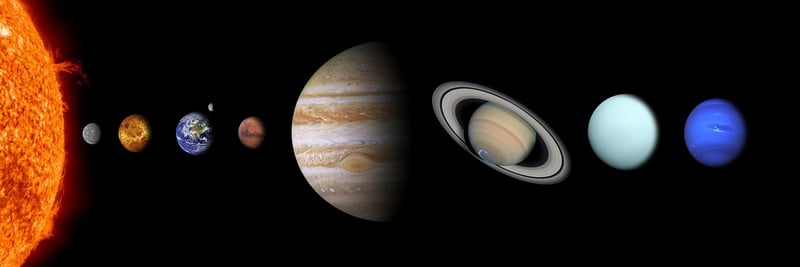Planetary Systems
Exploring Distant Worlds and Planetary Systems
Welcome to the fascinating world of planetary exploration! The universe is vast and filled with countless celestial bodies waiting to be discovered. In this article, we will delve into the realm of distant worlds and planetary systems to learn more about the wonders that lie beyond our own solar system.
The Search for Exoplanets
Exoplanets are planets that orbit stars outside our solar system. Scientists have been actively searching for these distant worlds using various methods, including the transit method and the radial velocity method. These discoveries have opened up a whole new frontier in our understanding of planetary systems.
Types of Exoplanets
Exoplanets come in a variety of sizes and compositions. Some are rocky like Earth, while others are gas giants like Jupiter. There are also exotic exoplanets known as "hot Jupiters" that orbit very close to their parent stars, resulting in extreme temperatures.
Notable Exoplanetary Systems
- TRAPPIST-1 System: This system is home to seven Earth-sized planets, three of which are located in the habitable zone where conditions may be right for liquid water to exist.
- Proxima Centauri b: Orbiting the nearest star to the Sun, Proxima Centauri b is an exoplanet that may have the potential for habitability.
The Future of Exoplanet Exploration
With advancements in technology and space telescopes like the James Webb Space Telescope, the search for exoplanets continues to evolve. Scientists hope to find more Earth-like exoplanets that could potentially harbor life beyond our own planet.

Join us on this journey of discovery as we uncover the mysteries of distant worlds and planetary systems. Who knows what wonders await us in the vast expanse of the cosmos!
